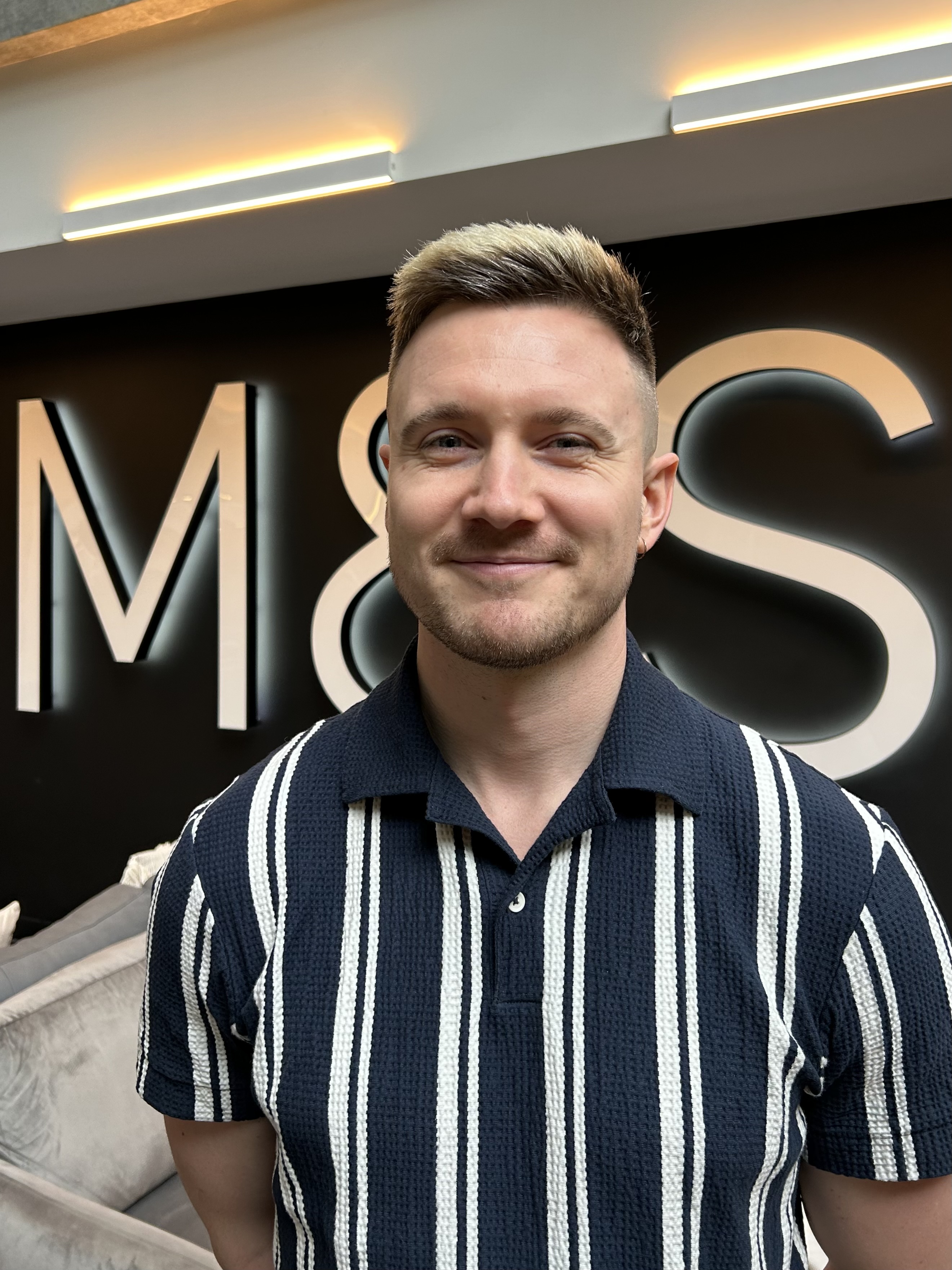Meet Charlotte
We spoke to Assistant Footwear Designer, Charlotte, about her Autism Spectrum Disorder and ADHD diagnoses, the benefits it brings to her role and how the Buddy & Ability network is helping her to share who she really is.
Tell us more about your neurodiversity
A week after my 29th birthday and just over a year since I joined M&S, I was diagnosed with ASD and ADHD. Adult diagnoses (of Autism in particular) are becoming more common for women. Our symptoms are regularly missed when growing up as girls often don’t present in the same way as boys. However, the stigma attached means that even with an adult diagnosis, neurodiversity still vastly misunderstood by the general population.
I don’t necessarily consider myself disabled. I’m also not particularly keen that my diagnoses both have the word ‘disorder’ at the end of them! I don’t think I’m disordered; I think I’m different, and sometimes the world is set up in a way that then presents challenges to those who are not the norm.
How does your neurodiversity affect your job?
I don’t think I would be able to do my job if it wasn’t for my neurodiversity – or at the very least, the strengths I have in my role would likely no longer be there. Something that a lot of people with ADHD & ASD are great at is the ability to hyperfocus. The stereotype with ADHD is that you can struggle to focus, but this is a misconception – it’s more that you can’t necessarily choose where your focuses should lie.
The wonderful thing about my work and why I’m so lucky to get to do what I do is that I really am passionate about it - which makes many tasks not even a chore or a slog but something I can enjoy doing for hours at a time. If I get in to the hyperfocus groove, that task will be all-encompassing for me and I can continue without need for a break. I love creating trend reports as they allow me to analyse, process and see patterns in information. This is a typical trait of autism and it’s the main way our brains differ to neurotypicals.
I struggle with sensory issues, such as noise, lights or certain textures, which can make my time at the office quite difficult. My brain reacts to noises by placing everything at an automatic equal level of importance, even if other people can very easily just tune these noises of background life out. Seemingly arbitrary noises like the coffee machine or printer become very distracting. On the plus side, because of my sensory sensitivity, I am very appreciative of ‘good’ textures meaning that selecting materials can be a real joy, especially when it comes to the lovely soft fabrics I get to use on slippers.
How does the business support you?
My manager is very supportive of me. When I first disclosed that I was waiting for an assessment, he simply sat and listened, then asked what he could do to help - which was the best response to get. Between us we came up with improved ways of working, such as making the most of systems like Reminder functions that can be shared and ticked off together, making sure emails after meetings are clear with lists of tasks, and being fine with me taking notes during long presentations so I can stay focused and present. I’m also able to work from home, which helps me then be more re-energised when I am in the office. From my perspective, it’s clear that this is the sort of company that you can spend a long time in – you really get the sense everyone wants you to succeed and grow your career.
Why did you join the M&S Ability & Health buddy network?
I’m not actually sure who first recommended the Buddy Network to me – either my manager when I first talked about ADHD, or the online therapists we have access to at M&S. Joining and introducing myself to the network was very easy and not at all scary like I’d feared! I wasn’t a standalone ‘weirdo’ in an enormous company (which is sometimes how I felt beforehand), I was one of many. Knowing you’re not alone is one of the most reassuring and motivating feeling you can experience. Being given a space to not only talk about our experiences but also celebrate those differences is creating a culture where, for the first time, I no longer feel I have to hide
Learn more about our commitment to inclusion and diversity.
Share this story


